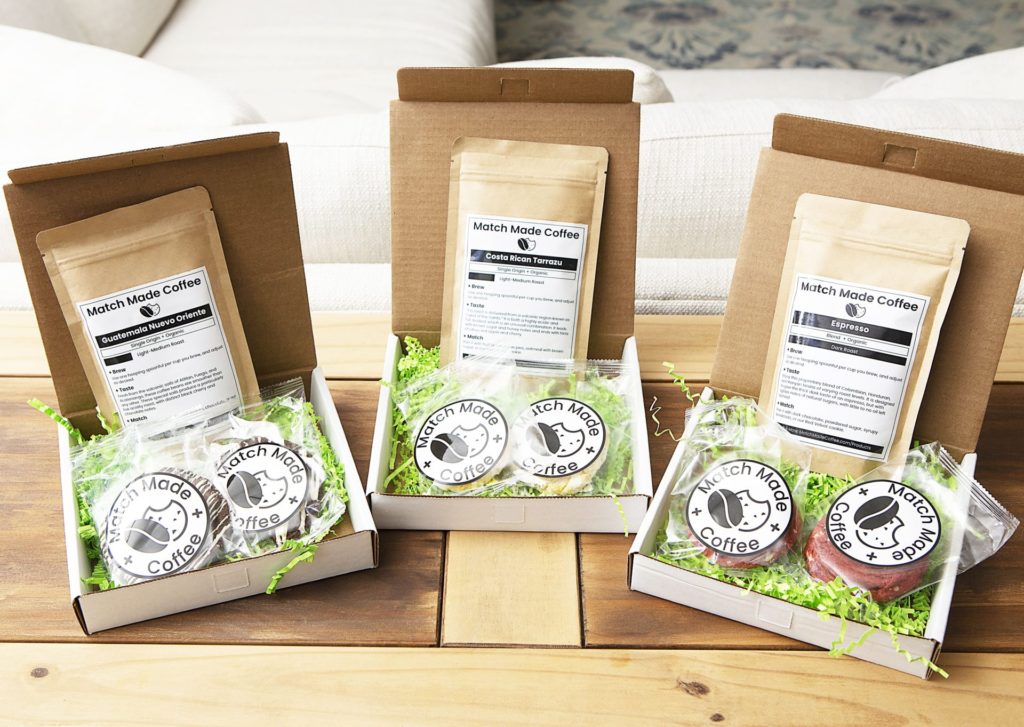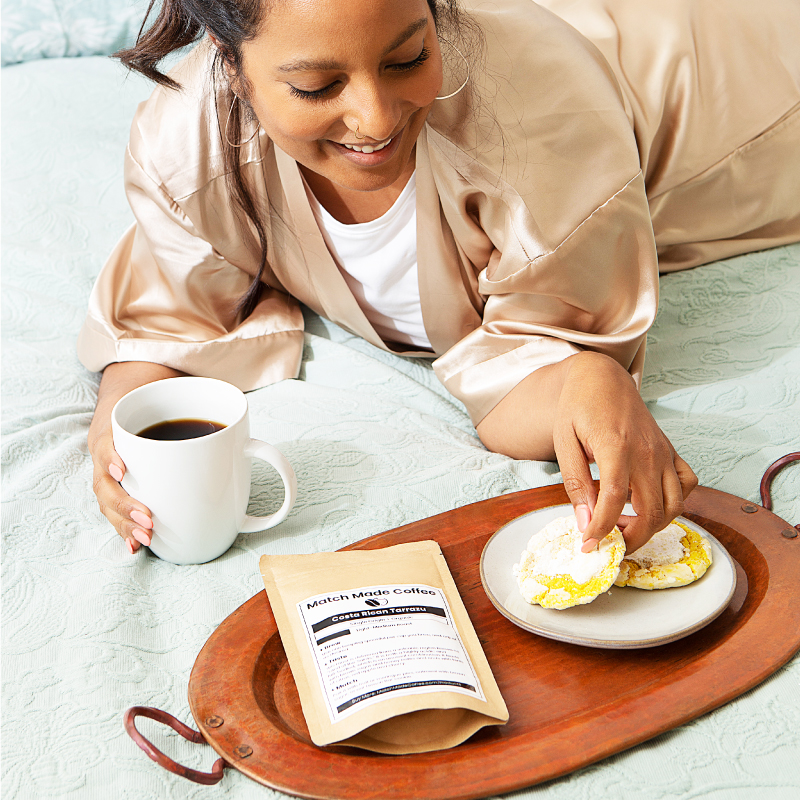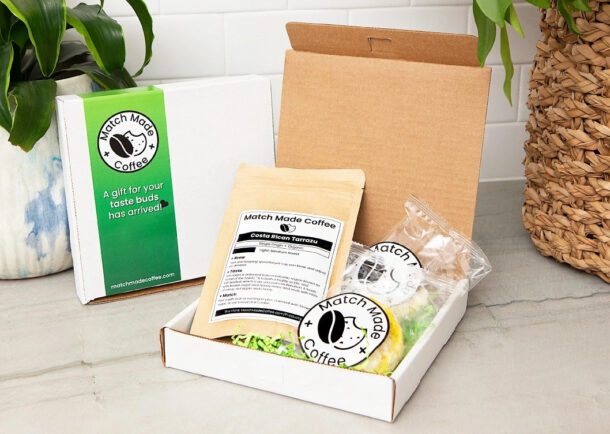Okay, so, you know fancy shmancy people taste wines and things like that and pull out all these “notes” while you’re sitting there thinking, “ummm… this kind of tastes like… red?”
Well, it’s not that you’re wrong or that your tongue is broken (though it might be), but that you were never trained in tasting. What we discuss in this article goes just as much for wine, as it does for coffee, craft beer, teas, or any other drink whose flavor you want to fully appreciate.
It sounds kind of silly, though. Training yourself to taste? You’ve been eating since you were a baby, and can taste things just fine, I’m sure. But, can you appreciate the flavors? Do you know what goes into enhancing those flavors, but by being able to do it without seeming like an overly-sophisticated snob?
Well, there are a couple things we want to address right off the bat:
- Taste is subjective
You could have a tongue identical to someone else, the same training, and one person loves it and the other thinks it tastes like the inside of a shoe. That’s fine. Some people love dark chocolate for instance, while others think it tastes like rancid sweat. Getting to know what you like, and being able to pull it out from other things, will help guide your tastes more than anything else. - Tastes literally change as you age
We don’t mean like an old man shaking his fist at the youth and their odd style and horrible music tastes. We mean that taste buds get worse as you age. So does your nose and its ability to smell. Just like your sight and vision worsens as you age, so do these sensors. You may very well find something you liked in the past, and find that it just doesn’t do it anymore. Or perhaps you try stronger or weaker flavored items to cope. It happens. - Some people just don’t have certain receptors
We’ll use vanilla as an example, though most people have it. The way smell works is that certain “vanilla shaped molecule” lands on a specific receptor capable of understanding that smell, and that sends a signal to your brain. That sounds straightforward enough, but not all people will have the receptor to appreciate that vanilla shaped molecule. And, those receptors may vary in quantity, also influencing the signal strength sent to your brain.
What exactly affects the taste of things?
- Things in your mouth recently.
- Have you had spicy food in the last hour or 2? Your taste buds needs recovery time from the capsaicin.
- Have you brushed your teeth or used mouthwash, had something acidic, or anything like that? Ditto- chances are your taste buds are off, even if you use a palate cleanser.
- Are you a smoker? Not only does that kill your taste buds, but it leaves a lingering flavor and smell.
- If you’ve got something plain to taste before eating, or between different flavors, use that. A dry, unsalted cracker is easy and cheap, but if you’re in a pinch you can drink water, or expect the first bite of whatever you try to be a throw away and to not really be able to appreciate until your next bite.
- Using your nose 2 ways
- What hits your tongue and what hits your nose combine to make what your brain perceives as a taste or flavor, most people know that. And, sure, aroma is a big part of it, but aroma actually comes at you in two ways: when the aromas hit your nostrils, and when aromas float back up and hit your smell receptors from the back. When you think of “after tastes” it’s affected partially by the flavors that are stronger and linger on the tongue, but it is also influenced by the smell molecules that come back up and hit your nasal passage on the way down.
- Prepping your tongue
- You cannot taste things if your body isn’t ready for it. You need saliva, for instance, to taste anything; it’s literally a requirement for getting taste buds to recognize anything. With that in mind, you should be sure to have some spit in your mouth, even if you’re drinking. The easiest way to do this is to lightly chew what you’re having until you have a little bit built up- yes, this even goes for drinks like coffee and wine. Not only does the chewing motion get your saliva glands going automatically, but it forces your tongue to swish the foods and drinks around, thus hitting all the different receptors on your tongue and around your mouth.
- Dealing with complexity
- Lets go back to our “vanilla shaped molecule” example. If a particular food or liquid has a vanilla shaped molecule that lands and sends a signal to your brain, it will not be interpreted by the brain the same way if it’s by itself or in a group. This is why when people say there are chocolate notes in a coffee or a drink, if it’s not overwhelming, you may be tempted to call BS. Your brain is just sending some whacky new signal to your brain, and if there are too many unknowns, then you won’t be able to figure out what is in it. It’s like if you had a pizza and you’re familiar with all the ingredients, you can taste the sauce, the crust, the cheese, the pepperonis. But, if somebody blindfolded you and threw on a whole bunch of stuff you’ve never had on a pizza, you might have trouble. You’d probably slow down, try out the textures, and try to pick out the notes you know first, and work out individual unknown flavors, until eventually you got it. This is the ideal approach to trying new foods or drinks.
- Pairing it with its flavors
- If you haven’t trained yourself to tell various flavors in a drink from one another, then it’ll be exceedingly difficult to know what you’re drinking. Pairing it with a proper food or snack brings out the best in the drink, while also training you to appreciate notes better. So, if a coffee is supposed to have a dark chocolate flavor, then eat a couple bites of dark chocolate with it, focusing on the similarities, and switch back and forth. If you like, you can have multiple foods that match the multiple notes, but that generally turns it into less fun and more work.
So, now that you know what’s going on, what’s the easiest way to learn to appreciate what you eat?
- Inhale the aroma through your nose, trying to discern the smells
- Slurp it so that you can get both aromas at the same time, and taste tiny portions rather than overwhelming your tongue
- Chew it- yes, chew your drink to get that saliva going to activate your tastebuds more
- When swallowing, appreciate the smaller and smaller details you can pick out.
- Taste the after taste
- Repeat at least once, to be able to discern flavors, and just in case your tongue wasn’t ready or had some remaining particles on it that would change the flavor experience.
And, if you have a match made food to go with it, follow the same rough process at least twice: once to appreciate the overlapping notes heavy on the drink side, and once to appreciate the overlapping notes heavy on the food side.
And, that’s it really. You just need to take your time and be present and appreciate the flavors and smells and the mixtures they create together. Start to build your flavor palate, and figure out what finer detail flavors you like best, because it will be slightly different than anyone else.
Most importantly, remember: Taste to be in the moment, don’t simply taste as a biproduct of scarfing down a meal, or taste as a biproduct to consume caffeine. Your life and experience will be happier and your mind less cluttered if you do it correctly, we guarantee it.
Now, be sure to enjoy an excellently paired craft coffee and gourmet cookie with our monthly subscription.






